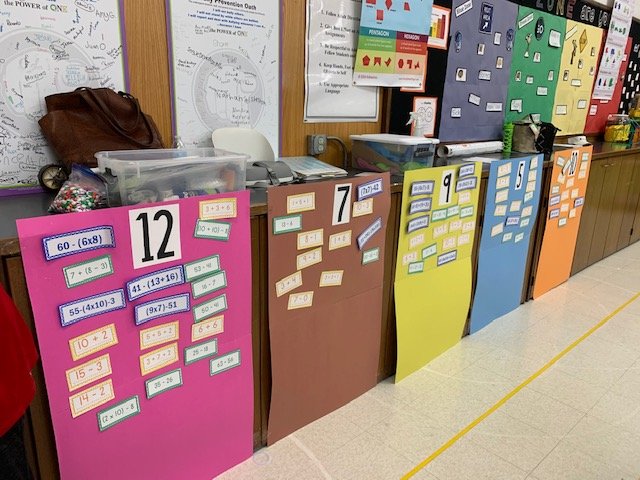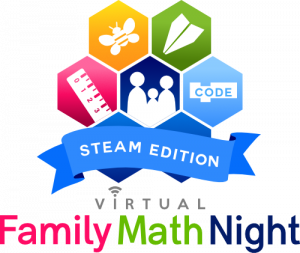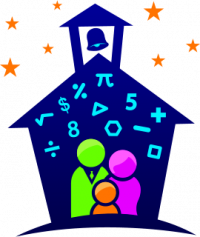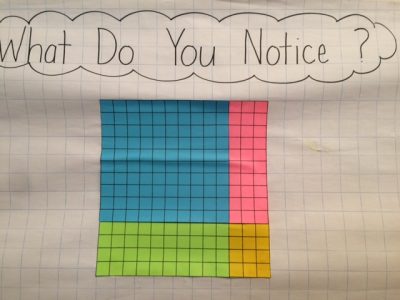Expression Posters
A little over two years ago I started writing this post. And then the pandemic hit and everything changed. And although we’re not quite back to where we used to be – and may never be – I thought now would be a good time to finish that post. I had just hosted a fabulous Gellin’ with Geometry Family Math Night event at a local elementary school. It was an in-person event which would have been a weird way to describe it…




